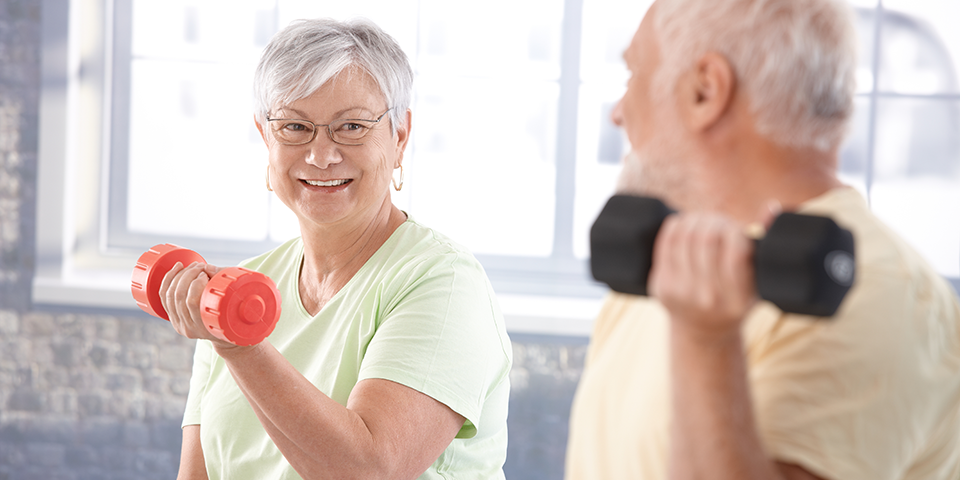
There are two types of osteoporosis exercises that are important for building and maintaining bone density: weight-bearing and muscle-strengthening exercises.
Weight-bearing Exercises
These exercises include activities that make you move against gravity while staying upright. Weight-bearing exercises can be high-impact or low-impact.
High-impact weight-bearing exercises help build bones and keep them strong. If you have broken a bone due to osteoporosis or are at risk of breaking a bone, you may need to avoid high-impact exercises. If you’re not sure, you should check with your healthcare provider.
Examples of high-impact weight-bearing exercises are:
- Dancing
- Doing high-impact aerobics
- Hiking
- Jogging/running
- Jumping Rope
- Stair climbing
- Tennis
Low-impact weight-bearing exercises can also help keep bones strong and are a safe alternative if you cannot do high-impact exercises. Examples of low-impact weight-bearing exercises are:
- Using elliptical training machines
- Doing low-impact aerobics
- Using stair-step machines
- Fast walking on a treadmill or outside
Muscle-Strengthening Exercises
These exercises include activities where you move your body, a weight or some other resistance against gravity. They are also known as resistance exercises and include:
- Lifting weights
- Using elastic exercise bands
- Using weight machines
- Lifting your own body weight
- Functional movements, such as standing and rising up on your toes
Yoga and Pilates can also improve strength, balance and flexibility. However, certain positions may not be safe for people with osteoporosis or those at increased risk of broken bones. For example, exercises that have you bend forward may increase the chance of breaking a bone in the spine. A physical therapist should be able to help you learn which exercises are safe and appropriate for you.